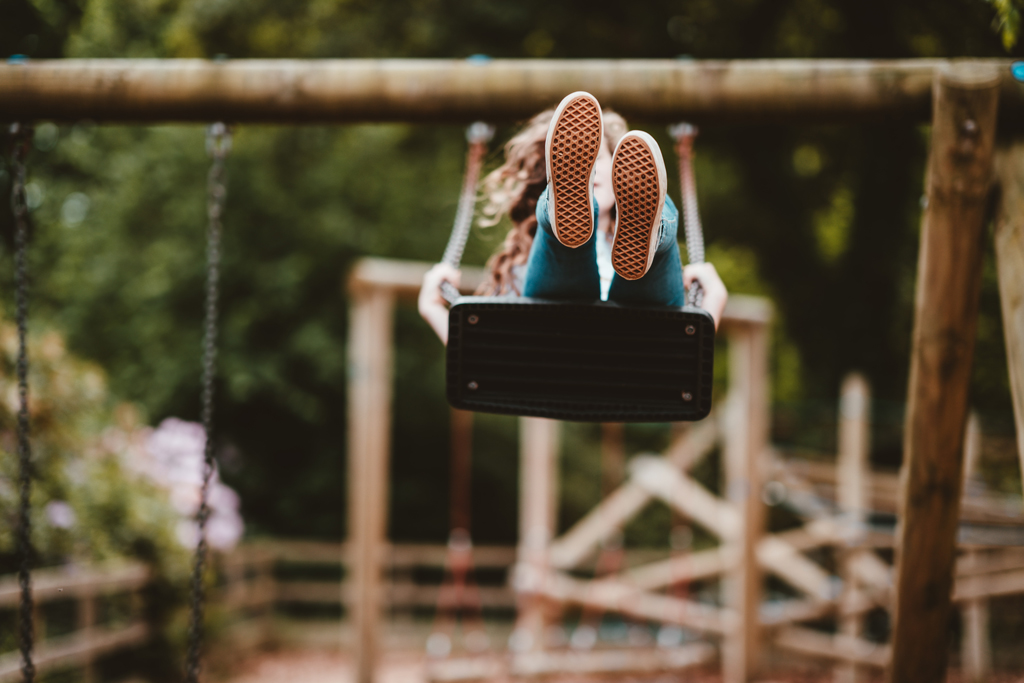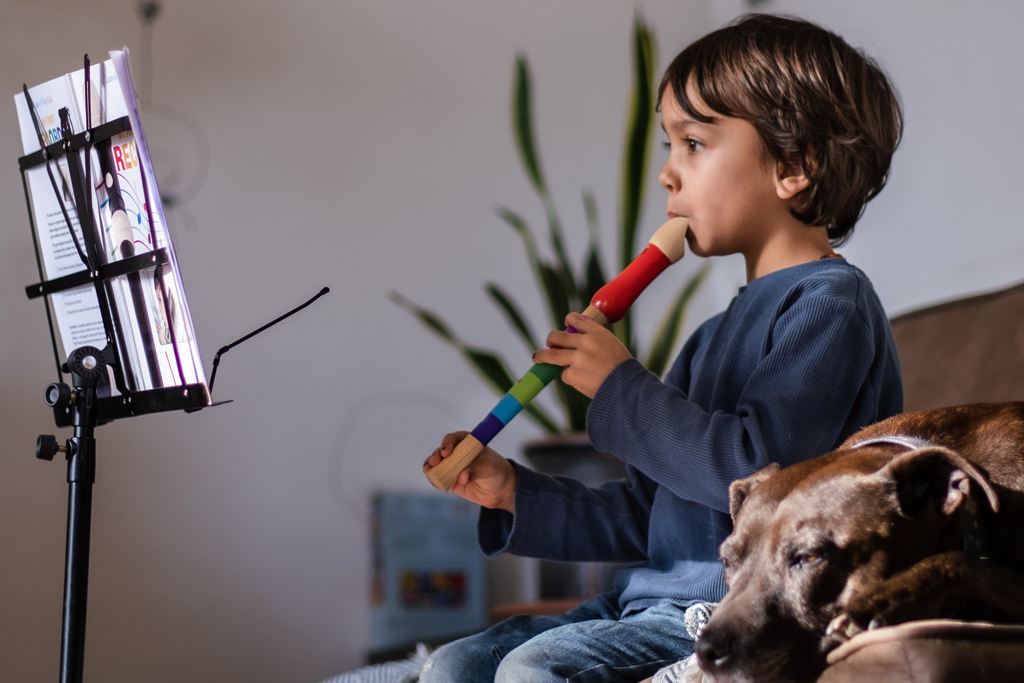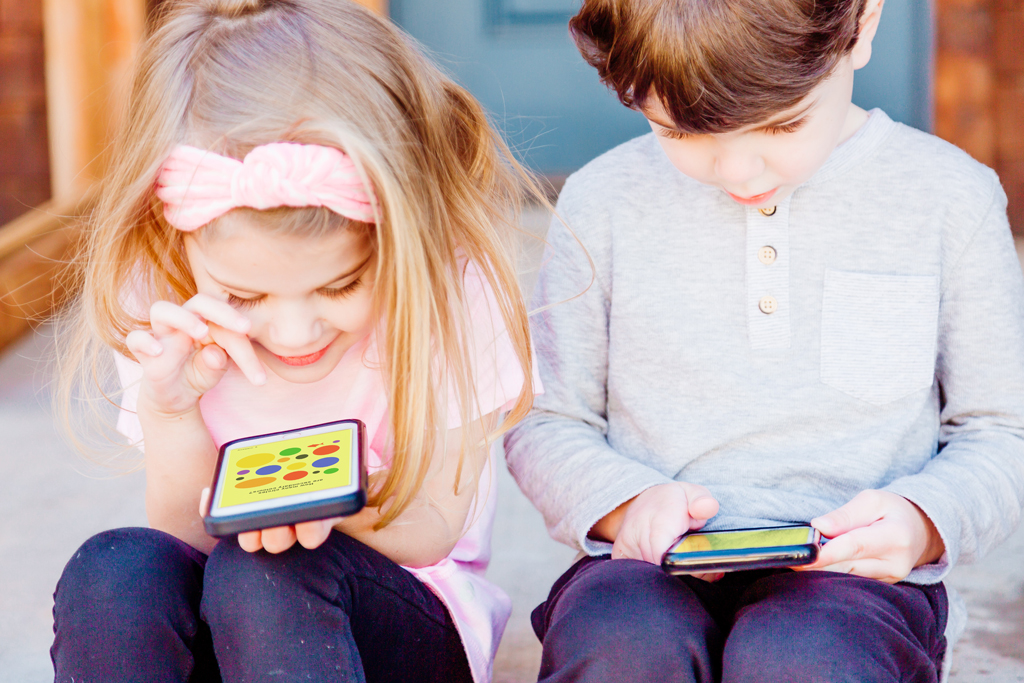Routine

⏱️ 13 min read
Introduction
Studying doesn’t only take place in classrooms; it continues outside of school too—every day. Whether it is straight after getting home from school or during a long break from school, children have the time to study. The degrees of effort and ambition depend on the child’s age, stage or aims, but at any level, the idea is to study routinely. With regularity, studying eventually becomes a habit, naturally integrated as part of everyday life—and when the core habit of daily study is instilled routinely, numerous benefits are activated, deepening curiosity and propelling momentum to study.
Studying doesn’t only take place in classrooms; it continues outside of school too—every day. Whether it is straight after getting home from school or during a long break from school, children have the time to study. The degrees of effort and ambition depend on the child’s age, stage or aims, but at any level, the idea is to study routinely. With regularity, studying eventually becomes a habit, naturally integrated as part of everyday life—and when the core habit of daily study is instilled routinely, numerous benefits are activated, deepening curiosity and propelling momentum to study.
With work there ought to be some rest and play. Playing and socialising with others is exciting refreshment for children, and an opportunity to build and practise communication skills. Talking to parents every day is also a meaningful form of socialisation. Children experience something new each day, and they usually have wild and wonderful stories to share. Listen and talk to them, and expand the conversation knowing that learning is incidental and limitless.
Fundamentally, this core routine of studying needs fuel to circulate. The amazing human brain uses more energy than any other organ, so feed your young student well. Stamina and concentration also increases with proper rest time—regular bedtime and sufficient sleep is essential to refresh the mind, rest the body, and restart the cycle the next day. With the body well fed, the brain will be raring to lift off.


For some children, the daily routine includes the practice of an extra-curricular activity. These activities are often very demanding of time and effort—mastering a musical instrument, devoting to a particular sport, or participating regularly in an art or a chess club, for example.
Whatever the ambition, the aim for you and every student ought to be ‘progress’. From any starting point to any target destination, we can all seek out improvement and advancement—as our chart above illustrates the cycle to drive individual progress with a study routine at the core. We hope you find something that works for you.

Posted 10 August 2022
Authored by Asano Katashima
Edited by Elliot Paine
2022 © All Rights Reserved. Learnest.xyz


